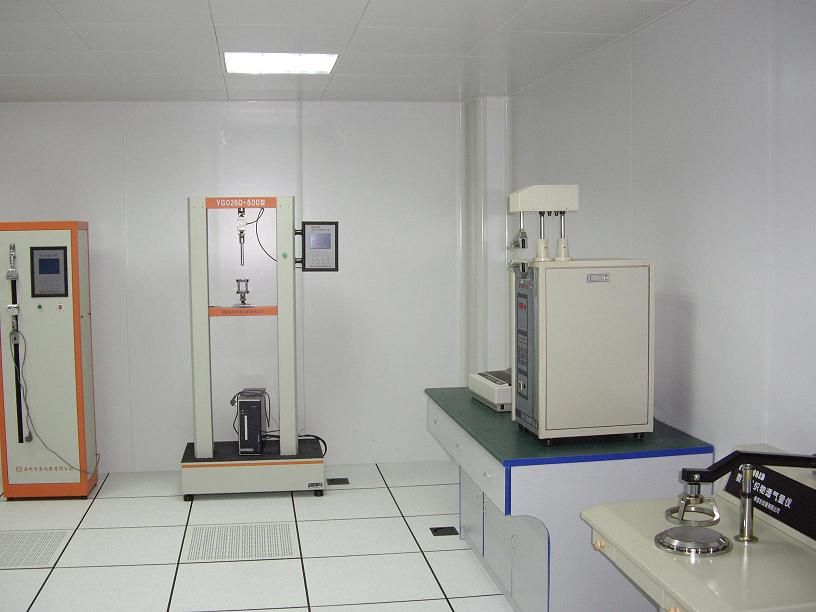Constant temperature and humidity clean laboratory
Laboratory constant temperature and humidity
Laboratory air conditioning is the heart of temperature and humidity control, requiring high precision and low failure rate. Therefore, the air conditioner must be required to adjust the cooling capacity. There are two ways on the market: one is frequency conversion adjustment; the other is chilled water adjustment mode. The demand for constant temperature and humidity environment is increasing, and the field of application is becoming wider and wider.
Constant temperature and humidity classification
1. Laboratory renovation:
Strict insulation and moisture barrier performance is required. It is recommended that the four façades of the laboratory use color steel composite panels, and the top and bottom surfaces are insulated with thermal insulation by PE insulation panels; for the see-through windows, double-layer vacuum glazing is required.
2, laboratory air conditioning:
Laboratory air conditioning is the heart of temperature and humidity control, requiring high precision and low failure rate. Therefore, the air conditioner must be required to adjust the cooling capacity. There are two ways on the market: one is frequency conversion adjustment; the other is chilled water adjustment mode.
3. Ventilation method:
The ventilation method has experienced several historical steps, from the initial bottom air, to the natural air supply, to the upper diffuser air supply, to the current upper air duct + micro-hole ceiling air supply, the lower floor return air way, the whole The laboratory air supply is soft and uniform, and the temperature and humidity control is very stable.
4. Fresh air system:
The first function of the fresh air system is to provide the staff with physiological fresh air, which is also indispensable for the stability of the laboratory temperature and humidity. It is also an indispensable equipment: in order to protect the laboratory from external interference, it must be directed to the laboratory. Provide fresh air to keep the laboratory air pressure positive, so that the outside air can not enter the laboratory, ensuring that the laboratory's long-term temperature and humidity are stable.

